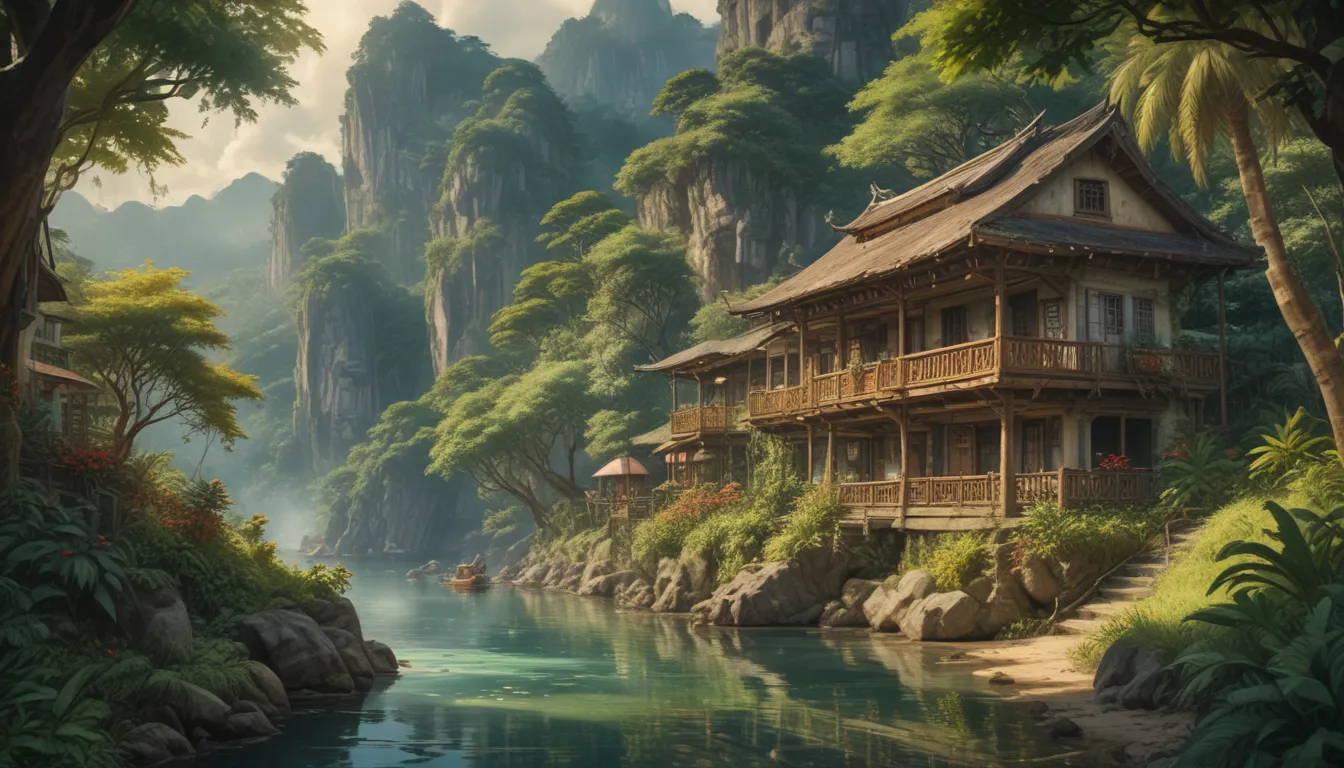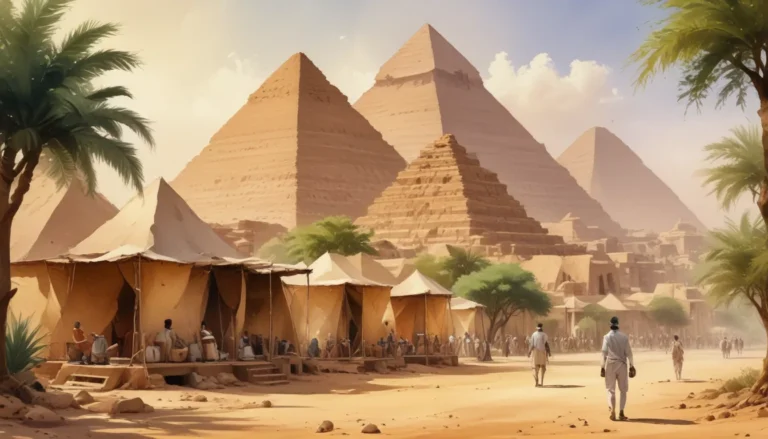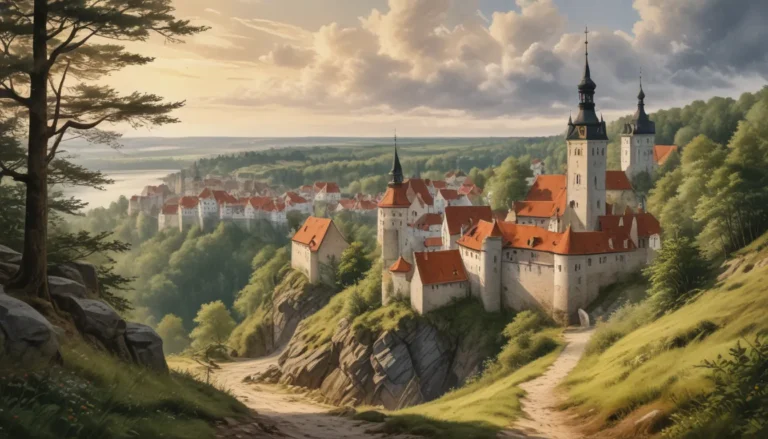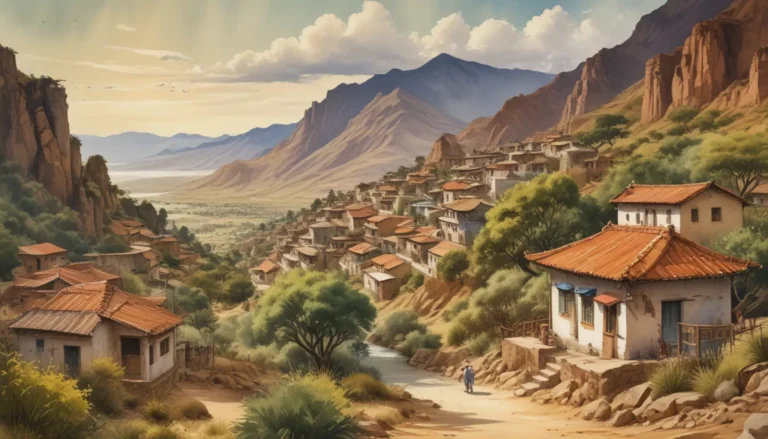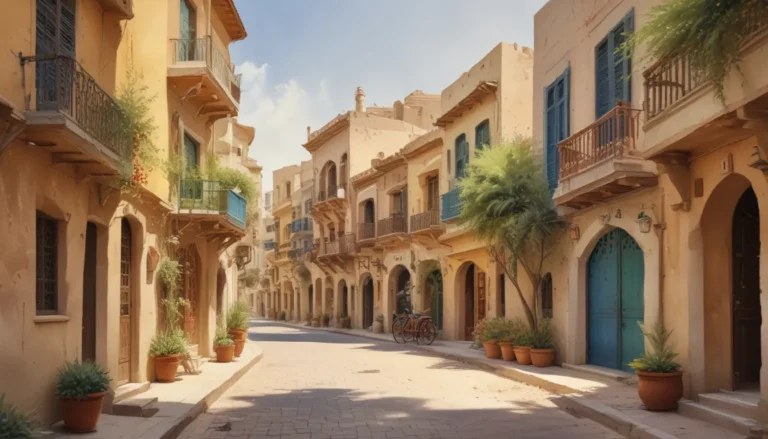The images in our articles are for illustrative purposes only and may not exactly match the content. They are intended to capture your interest and complement the text, not to replace it.
Welcome to the captivating world of the Philippines, a country renowned for its stunning natural beauty, rich cultural heritage, and warm hospitality. With over 7,000 islands and a population exceeding 100 million people, the Philippines offers a diverse range of experiences for travelers and locals alike. In this article, we will uncover 50 fascinating facts about the Philippines, shedding light on its history, geography, culture, economy, and more. So, grab a cup of coffee, sit back, and get ready to delve into the exciting world of the Philippines. Whether you’re planning a trip to this tropical paradise or simply curious about its wonders, these facts will give you a deeper appreciation for the beauty and diversity of this extraordinary country.
Key Takeaways:
- The Philippines is a vibrant country with 7,641 islands, stunning natural wonders, and a rich cultural heritage. It’s home to unique wildlife, beautiful beaches, and delicious cuisine, making it a must-visit destination.
- The official languages of the Philippines are Filipino and English, reflecting the country’s diverse cultural background.
- Manila, the capital of the Philippines, offers a mix of historical landmarks, modern skyscrapers, and vibrant street markets.
- With its diverse population and unique traditions, the Philippines offers a warm and hospitable environment for visitors.
The Philippines – A Land of Diversity
1. The Philippines is made up of 7,641 islands: Spanning over 300,000 square kilometers, each island in the Philippines boasts its own unique charm and beauty, offering a diverse range of landscapes to explore.
2. The official languages of the Philippines are Filipino and English: Filipino, based on Tagalog, is the national language, while English is widely spoken and used in schools, government, and business, making communication easier for visitors.
3. The Philippines has a population of over 100 million people: Known for its warm and hospitable people, the Philippines embraces its multicultural heritage, offering a friendly environment for travelers.
4. Manila is the capital and the most densely populated city in the Philippines: As the economic and cultural center, Manila is a dynamic city that blends historical sites with modern infrastructure, providing a glimpse into the country’s past and present.
5. The Philippines is the third largest English-speaking country in the world: English proficiency in the Philippines makes it an attractive destination for outsourcing services and international business partnerships, fostering a global connection.
Natural Wonders of the Philippines
6. Mount Apo is the highest peak in the Philippines: Standing at 2,954 meters above sea level, Mount Apo offers hikers breathtaking views and a chance to experience the country’s diverse ecosystem.
7. The Philippines is home to the world’s smallest volcano, Taal Volcano: Located in Batangas, this unique volcano within a lake is a popular tourist attraction, showcasing the country’s geothermal wonders.
8. The Chocolate Hills in Bohol: These perfectly cone-shaped hills turn brown during the dry season, resembling giant chocolate kisses, creating a natural spectacle that is truly one of a kind.
9. The Tarsier, one of the world’s smallest primates, is native to the Philippines: These cute creatures with large eyes can be found in the forests of Bohol, adding to the country’s unique biodiversity.
10. The Philippine flag is displayed differently during times of war and peace: A symbol of national pride, the Philippine flag’s orientation changes to reflect the country’s state, showcasing its rich history and traditions.
Cultural Heritage of the Philippines
11. Jeepneys are iconic symbols of the Philippines: Colorful and decorated public transportation, jeepneys are an integral part of Filipino culture, reflecting the country’s resourcefulness and creativity.
12. The Philippines is the largest producer of coconuts in the world: With thriving coconut plantations, the country leads in exporting coconut-based products, contributing to its agricultural economy.
13. The balut is a popular street food in the Philippines: A unique delicacy, the boiled developing duck embryo is a must-try for adventurous eaters looking to experience the country’s culinary diversity.
14. Arnis is the national sport of the Philippines: A traditional martial art that involves stick fighting, arnis embodies the country’s fighting spirit and rich cultural heritage.
15. The San Agustin Church in Manila is the oldest stone church in the Philippines: A UNESCO World Heritage Site, this architectural marvel showcases stunning Spanish colonial architecture, reflecting the country’s history and religious influence.
Cuisine and Festivals of the Philippines
16. The Philippines has a rich and diverse cuisine: From savory adobo to refreshing halo-halo, Filipino cuisine offers a burst of flavors that reflect the country’s cultural diversity and culinary traditions.
17. The Banaue Rice Terraces are often referred to as the “Eighth Wonder of the World”: Built over 2,000 years ago by the indigenous Ifugao people, these terraces are a testament to their ingenuity and agricultural skills.
18. The Kamayan Feast is a traditional Filipino dining experience: Eating with hands on a banana leaf, this feast showcases Filipino hospitality and warmth, inviting guests to immerse themselves in the country’s culinary traditions.
19. The Philippines has a vibrant and colorful festival culture: From Sinulog to Panagbenga, these festivals highlight the creativity and enthusiasm of the Filipino people, offering a glimpse into the country’s festive spirit.
20. The Puerto Princesa Underground River in Palawan is one of the New Seven Wonders of Nature: Visitors can explore this subterranean river, home to unique rock formations and diverse wildlife, making it a must-visit destination for nature lovers.
Conclusion
In conclusion, the Philippines is a country that captivates with its natural wonders, cultural heritage, and warm hospitality. From pristine beaches and vibrant festivals to historical landmarks and culinary delights, there is something for everyone to enjoy in this Southeast Asian gem. Whether you’re seeking adventure in the mountains, relaxation on the beach, or cultural immersion in the city, the Philippines offers endless possibilities for travelers.
With its diverse landscapes, rich traditions, and welcoming people, the Philippines beckons visitors to explore its hidden treasures and uncover the magic that makes it a truly unique destination. So, whether you’re planning your next vacation or simply curious about the wonders of the world, consider the Philippines as your next travel destination. You’ll be greeted with open arms, scenic beauty, and experiences that will stay with you forever.
Was this page helpful?
Our commitment to delivering trustworthy and engaging content is paramount. Each fact on our site is contributed by real users like you, ensuring a wealth of diverse insights and information. Trust in our dedication to quality and authenticity as you explore and learn with us.
